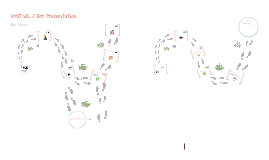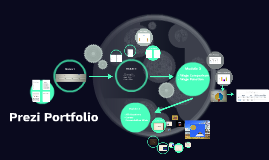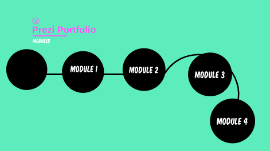16 Slide Presentation Template
Transcript: The Types Of Art Pop Art Purpose of the Pop Art The purpose of Pop Art was to challenge traditional art norms by incorporating imagery from popular culture, mass media, and everyday objects, aiming for mass appeal and commenting on consumerism and modern society. Audience Of Pop Art Literature art Pop art aimed to connect with a mass audience by using everyday imagery, mass-produced techniques, and popular culture references, effectively bridging the gap between high and low art. Fun Facts About Pop Art British Origins: Contrary to popular belief, Pop Art actually originated in Great Britain in the mid-1950s, rather than in the United States. Popular Culture Focus: Pop Art drew heavily from popular culture, mass media, and everyday consumer goods, aiming to bring these elements into the realm of fine art. Bold and Repetitive: Pop Art is known for its bold colors, repetitive patterns, and the use of imagery that often resembles posters or advertisements. Challenging Traditional Art: Pop Art challenged the established norms of fine art by incorporating everyday objects and imagery, blurring the lines between high and low art. Andy Warhol's Influence: Andy Warhol, a prominent figure in the Pop Art movement, was known for his iconic images of celebrities, soup cans, and other everyday objects, which became instantly recognizable. Roy Lichtenstein's Style: Roy Lichtenstein, another key figure, used a distinctive style that featured bold, comic-book-style panels and Ben-Day dots, a printing technique. Pop Art as an Attitude: Pop Art is often seen as more than just a style; it's an attitude that embraces popular culture and challenges traditional artistic boundaries. Fast Diffusion: Pop Art's influence spread rapidly across the Western world, particularly due to technological advancements and the rise of industrial and capitalist models Purpose Of Litureture Art Audience Of Literature Art Sculpture Art Literature as art serves to explore the human experience, fostering empathy, understanding, and critical thinking, while also providing a platform for creativity, self-expression, and cultural preservation. The audience for literary art encompasses anyone who engages with or interprets a piece of literature, whether through reading, listening, or other forms of artistic reception, and can be understood as a group of people who collectively or individually read, watch, or hear works of art. By Carter Lagard \ Warning lots of words. Idiots and Brainrot Kids you have been "warned" Fun Facts About Liturature Art Purpouse Of Sculpture Audience Of Sculpture Art Mutual Inspiration: Great works of art have inspired great works of literature, and vice versa, with art and literature simultaneously representing similar movements. Visual Imagery: Art can help understand the written world through visual imagery, and literature can inspire artistic interpretations. Authors as Artists: Some authors are also painters, with examples dating back to the Renaissance. Artistic Movements: Shared Themes: Literature and art are often part of the same broader artistic movements, expressing similar themes and ideas. Symbolism: Symbolism, which led to Modern Art, started in the 19th century with a group of French Poets. Literary Arts: Major Genres: The three major genres of literary art are epic, drama, and poetry. Dramas: In the context of dramas, comedy and tragedy are considered as genres. Literary Art Definition: Literary art refers to written or oral works considered an art form, especially prose, fiction, drama, and poetry. Sculpture serves various purposes, including artistic expression, storytelling, commemorating events and individuals, religious representation, and as a means of expressing power or wealth. The audience for sculpture art encompasses anyone who encounters and engages with the artwork, whether in a gallery, museum, public space, or personal collection, and can include art enthusiasts, tourists, students, and the general public. Fun Facts About Sculpture Art Ancient Origins: The earliest known sculptures date back around 32,000 B.C., with early humans creating utilitarian objects decorated with sculptural forms and small animal/human figures for possible spiritual or religious purposes. Materials: Sculptures have been created from various materials, including clay, stone, ivory, bronze, and other metals, with stone sculptures often surviving better than those in perishable materials. Religious and Political Significance: In ancient civilizations, sculpture was often associated with religion, with cultures like those in Egypt and Mesopotamia creating monumental sculptures related to religious life or as memorials to rulers. Ancient Greece and Rome: The human form was a dominant subject in sculpture in ancient Greece and Rome, with artists achieving a high degree of naturalism in sculpting the human form. Relief vs. In the Round: Sculptures can be either in relief (carved on one side and standing out from a background) or

















